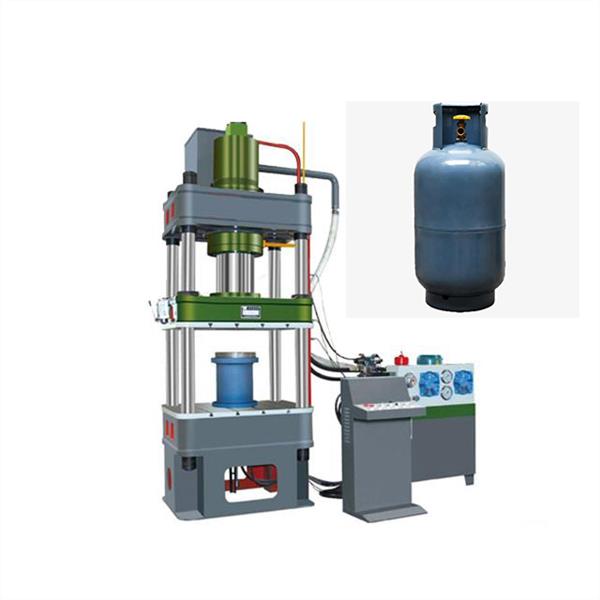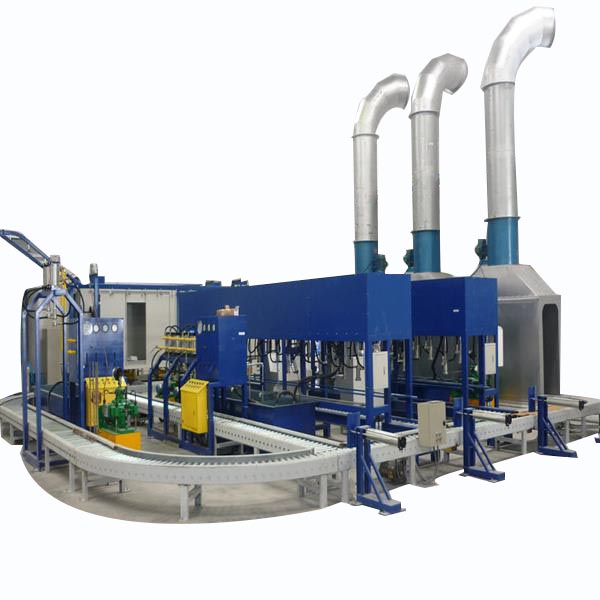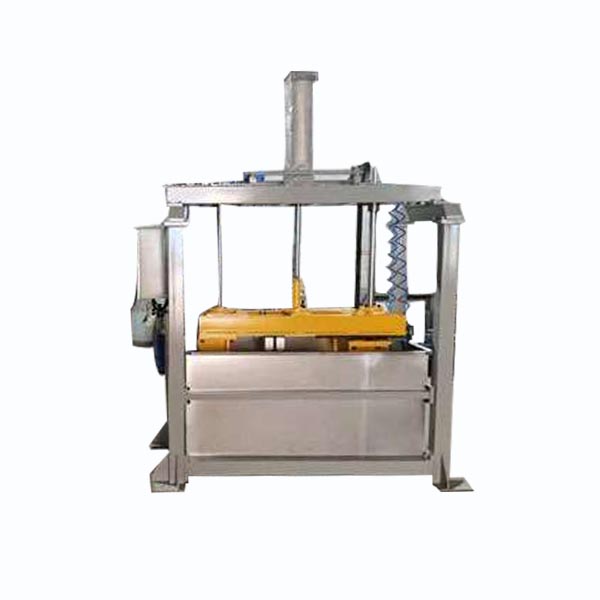News
Choosing Hydrostatic Test Equipment for LPG Cylinder Production
The lpg gas tank production line is mainly used to manufacture liquefied gas tanks, and the produced liquefied gas tanks are mainly used to store liquefied petroleum gas. The pressure inside is very large, and a slight improper operation may cause an explosion. The pressure of liquefied gas at 20 degrees Celsius is 0.8 trillion Pa, the pressure of 40 degrees Celsius can reach 1.59 MPa. The maximum pressure of the liquefied gas cylinder is 2.1 MPa. If the volume of the liquefied gas remains the same, the pressure will increase by 0.04 MPa for every 1 degree Celsius increase in temperature, so each cylinder can only be filled with 85%, which is 14.5 kg. Also do not heat the cylinder with warm water when it is empty, otherwise it will cause a physical explosion. Therefore, liquefied gas tanks must select manufacturers with relevant manufacturing qualifications to produce or use qualified products.
The inspection process of lpg gas tank production line manufacturing liquefied gas tank
lpg gas tank production line - gas cylinder hydraulic test equipment
How to choose gas cylinder hydrostatic test equipment?
1. The pressure of the product needs to be tested. At present, there are several units of common pressure conversion, 1MPa=10bar=10kg=145psi
2. According to the volume of the product under test, choose different flow rate pumps according to different volumes
3. Does the DUT need to be equipped with tooling? Tooling is used to seal the DUT. For example, testing a valve requires a testing tool with a valve. At present, various clamping mechanisms such as three-jaw clamping mechanism and gantry clamping mechanism can be provided
4. Other requirements, such as the experimental water temperature, whether the experimental flow needs to be collected.
5. The hydraulic test control method of the experimental product. At present, manual control, semi-automatic control and automatic control are available.
6. Jiuying can provide a complete set of solutions for customers to choose according to customer needs.
lpg gas tank production line-air tightness testing machine
The air tightness testing machine is a special testing equipment on the automatic production line of LPG cylinders. It is one of the most advanced detection equipment in the current cylinder production process, which is used to detect the leakage of gas cylinders and whether the gas cylinders are leaking.
Ways to identify if a liquefied gas tank is safe:
1. Liquefied gas cylinders are three types of pressure vessels with a service life of 15 years. They are inspected every four years. The cylinder cover is stamped with information such as production date, production unit, and rated pressure. You can see whether the daily production is within the service period.
2. After the cylinder is inspected, there should be an inspection ring at the connection between the bottle seat and the angle valve, indicating the next inspection time, and it can be judged whether it is regularly inspected.
3. The general welded joint (the shield is welded to the bottle body) is produced after 1998, and it is qualified and safe during the service period. The general screw mouth (the shield is connected to the bottle body by screws) is produced before 98 years. , beyond the use period, generally for the unqualified bottle that should be eliminated.
4. Look at the appearance for deformation, large-scale corrosion, scratches, burn marks, pits, solder joints, etc. If there is, it is unqualified and unsafe.
All the above products can be purchased as a set or individually. If you have any ordering needs, you can contact us directly, Whatsapp/Mob/Wechat: 0086 133 9411 0095, looking forward to your reply.
CATEGORIES
News
Contact Us
Tel:0086-13394110095
Fax:0086-411-39015062
Phone:0086-13394110095
Email:liu@weldcnc.com
Add:20# Ganwan Street, Zhongshan District, Dalian City, China


